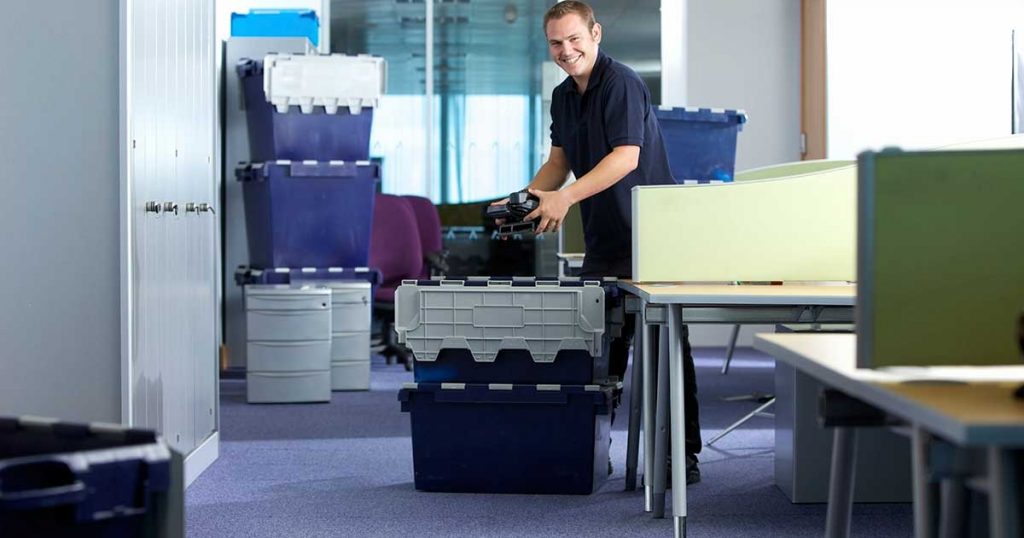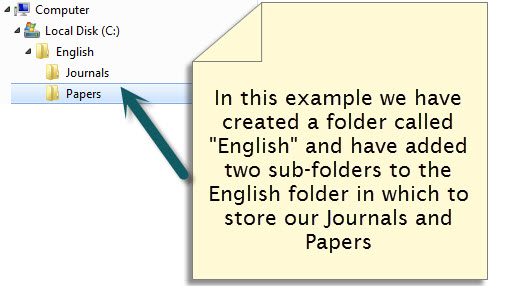Best Ideas To Picking Storage Space To Rent Sites
Wiki Article
10 Tips For Office Relocation In Terms Of The Comprehensive Service Offering
Office relocation is a lot more complicated than simply moving chairs and desks. It requires a well-thought out plan, coordination and specialized assistance to make sure that you have a smooth transition. Here are 10 tips for a comprehensive service offering for office relocations:
1. Consultation and detailed planning
Initial consultations are held to understand the client's needs, timelines, budget, etc. Develop a strategy for relocation which includes the most important events, a timetable for the move, and a budget estimate. A thorough site survey will allow you to identify any challenges that may be encountered, including specific equipment or access restrictions.
2. Inventory Management and space planning
Offer inventory management services to list all office objects including furniture, equipment and equipment. This aids in packing efficiently and makes sure that nothing gets lost or lost during the relocation. Space planning services can optimize your office layout according to ergonomics, employee requirements and workflow.
3. Professional Packing and Unpacking Services
Secure office equipment like computers, servers and sensitive documents using professional supplies and packing techniques. Provide services for unpacking and office setup to get the new office running as quickly as possible.
4. IT and Technology Relocation Services
Co-ordinate the relocation of IT infrastructure such as servers and workstations as well as data centers. Check that the devices are removed, relocated, and then reconnected properly, to reduce downtime. Provide network and IT setup services for the new location.
5. Furniture Disassembly.
Provide specialized services in disassembling and moving office furnishings. Included are cubicles, desks and chairs, conference tables and other furniture that is specialized. Proper handling ensures the safety of furniture and workers.
6. Complete Moving Insurance, Risk Management and Insurance
Offer comprehensive moving insurance to shield you from damage or loss. Plan for risk management to limit any problems that might occur, like delays or damages.
7. Building Management and Coordination
Coordinate with building management at both the old and new places to manage parking permits and loading dock reservations and elevator access. To avoid delays and additional costs, ensure compliance with all building regulations.
8. Sustainability and Eco-friendly Practices
Implement sustainable practices like recycling unwanted furniture, minimising the amount of packaging waste and utilizing eco-friendly materials. Offer donation services or get rid of old equipment and furniture responsibly.
9. After-Move Assistance and Settling In Services
Provide post-move support, including troubleshooting any issues that occur following the relocation. Provide services for settling in, like orientation of employees, adjustment of furniture layouts, as well as IT support to make sure everyone is comfortable and efficient in the new environment.
10. Support for communication and changes management
Inform employees by providing templates, timelines or FAQs. Offer employees change management services to help them adapt to a new workplace. This could boost the efficiency and morale of employees.
Conclusion
A full office relocation solution is more than just moving things from one location to the next. The service includes professional handling, planning, risk assessment and assistance after the move to ensure an easy transition. These services can offer their customers a stress-free and enjoyable experience. Read the best storage tips for website examples including used embody herman miller, used office seating, commercial office furniture, 2nd hand herman miller, second hand office furniture store, herman miller aeron 2nd hand, used task chairs, 2nd hand herman miller, shop office furniture, office furniture table and chairs and more.

10 Tips About Document Management Systems From The Perspective Of Security And Compliance
Compliance and security are important elements of any document management system (DMS). A well-designed DMS can provide strong security options and guarantee compliance with industry regulations and standards such HIPAA or ISO standards to protect sensitive data. Here are 10 tips on maximizing security and compliance in a DMS:
1. Implement Role-Based Access Control
Make sure that your DMS can be configured to support Role-Based Access Control. This allows you to limit access to sensitive files based on the role and responsibilities of the users. This helps reduce the possibility that non-authorized personnel gain access to sensitive documents. It also ensures that only authorized personnel have access to view and edit them or remove them.
2. Use encryption to protect information at rest and in transit
Employ strong encryption methods to protect documents at the point of rest (stored in the system) as well as in transit (being transferred via a network). This will prevent the unauthorized access of sensitive data, even if information is stolen or accessed without authorization.
3. Comply with Industry Regulations
The DMS should be designed in accordance with specific regulations for the industry, such as GDPR and HIPAA. In order to ensure compliance with regulatory requirements, the system should include features such as consent management and data anonymization, as well as audit trails, and retention policies.
4. Keep detailed Audit Trails and Activity Logs
The DMS needs to maintain detailed audit trails that include every user action like document creation, modification, deletion, or access. These records play a vital function in monitoring usage as well as the detection of illegal activities. They also ensure accountability if there is an incident of security.
5. Incorporate Multi-Factor Authentication (MFA)
You can enable Multi-Factor Authentication when accessing the DMS to provide an additional layer of security. MFA makes use of a combination of things the user has (like their fingerprint) and something they have (like their password).
6. Regularly Update and Patch the DMS
Update the DMS regularly to include the latest security patches. Regularly updating software helps reduce vulnerabilities that hackers could be able to exploit, and create an environment that is more secure.
7. Implement Data Loss Prevention (DLP) Steps
Data Loss Prevention (DLP) tools can be integrated to the DMS in order to secure and monitor sensitive information. DLP can be utilized to detect and prevent data breaches. This is accomplished by identifying, blocking and preventing unauthorized access and transmission of confidential documents.
8. Retention of documents and disposal Policy
Create automated document retention and disposal policies within the DMS. This ensures documents are retained as required for the duration of the period, and properly disposed of once they are no longer required.
9. Secure Remote Access (SRA) and Mobile Device Management Management (MDM).
As remote work is becoming more widespread it is crucial to ensure that your DMS integrates with Mobile Device Management. Secure documents can be accessed via mobile devices by enforcing security protocols, such as device encryption, remote wipe, as well as secured VPN access.
10. Conduct Regular Security Audits & Conduct regular compliance checks
Perform regular security audits and compliance tests to identify weaknesses and gaps in DMS. Regular assessments are essential to ensure the DMS remains compliant and is protected from emerging threats.
Conclusion
By putting compliance and security first, companies can protect sensitive data, guarantee data integrity as well as avoid legal and financial penalties, and safeguard sensitive documents. A DMS that has robust security capabilities and compliance features can provide peace of mind and increases trust among clients and stakeholders. It also creates an environment with a more secure and reliable document management systems. Check out the best document management software for more advice including document storage facility, records and retention policy, document workflow software, document management system software, work flow automation, document workflow automation, sample data retention policy, document management system software, process workflow management, best workflow management and more.

Ten Suggestions For International Relocation Firms In Terms Of Reputation, Experience, And Compliance
The following are the most important factors to consider when choosing the best international relocation company: reputation and experience, as well as the ability to comply. These factors ensure that an international relocation firm can offer services that are reliable and efficient, and is able to manage the challenges of moving across borders. These 10 suggestions will help you choose an international moving service that is able to meet these requirements.
1. Research Company Testimonials
Check online for reviews, testimonials, as well as cases studies from clients who have previously used the service. Positive reviews from clients who moved in similar circumstances can reveal the reliability of the business.
2. Examine Industry Certifications and Memberships.
Check if the company is accredited and a part of respected companies, such as FIDI Global Alliance/European Relocation Organization (ERA), or holds industry-relevant certifications. These affiliations indicate adherence to the industry's standards and best practices.
3. International Relocation Experience: How Many Years Have You Had?
Examine the track record of the company when it comes to handling international moves. An organization with a lot of experience is better equipped to deal with the complex logistics and customs regulations associated with international relocation.
Review Case Studies of Relocations that have been successful
Examples or case studies from previous international relocations handled by the company could be useful. It will allow you to evaluate their capabilities in handling the various aspects of an international move from the destination service to logistics.
5. Make sure you're in compliance with International Regulations
Make sure that the company is in compliance with international regulations and the local laws of both the destination and source country. In this regard, there are customs regulations, immigration and visa requirements, as well as any other legal considerations which may be pertinent.
6. Verify the insurance coverage and claims Handling
Check that the company has a comprehensive insurance policy for international moves and has a clear process for handling claims. Insurance protects your possessions and gives you assurance that they will not be damaged or destroyed if they get damaged or stolen.
7. Assess the Quality of Customer Support
Assess how the company can provide customer support. To deal with the issues and challenges associated with international travel it is essential to be proficient in communicating quickly and respond promptly, as well as be able to identify a specific point of contact.
Review their global network and alliances
Think about the company's international partners and agents. A strong global network will improve the efficiency and reliability in the relocation process.
9. Make sure that the company is in compliance with Ethical and Professional Standards
Examine the company's ethical and professional standards. This includes transparency in pricing, fair business practices, and respect for the confidentiality of client information. Utilizing ethical business practices helps to create an enjoyable and secure relocation experience.
10. Get Detailed and Transparent Prices
Request detailed quotations that detail the cost and services of your relocation. Transparency in pricing can prevent unanticipated costs and helps ensure that you are aware of what is included in the package. Check out multiple quotes to be sure you're getting an affordable price.
The final sentence of the article is:
Picking a company for international relocation by reputation, experience, and compliance is essential to ensure a smooth move. By researching reviews, verifying the authenticity of certifications, looking at the experience of their employees, and making sure they are in conformity with the law, you can select an organization that can take care of your move professionally and efficiently, minimising stress and complication throughout the process. Take a look at the most popular do you agree for blog tips including move movers, crown storage, interstate movers, moving of furniture, crown storage, moving services uk, moving of furniture, removal company melbourne, removal company melbourne, moving company movers and more.
